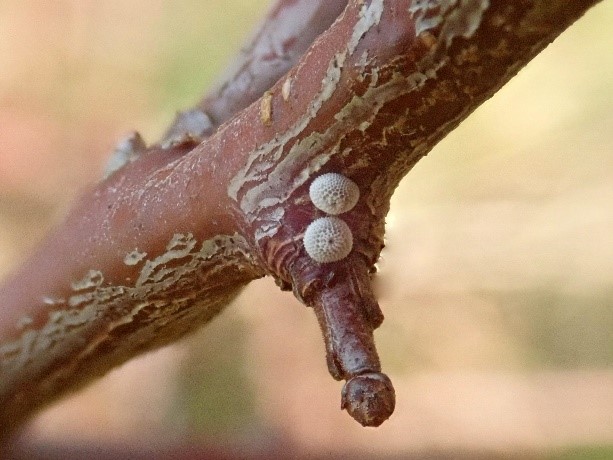Research by Butterfly Conservation is shedding new light on the elusive and secretive hairstreak butterflies.
The UK’s hairstreak butterflies are some of our most difficult species to find. Four of our hairstreak species spend most of their adult lives at the tops of Ash, Elm and Oak trees, rarely descending to find nectar or lay eggs. Because of their elusive nature, they often go under-recorded and there is still a lot we don’t truly understand about their ecology and distributions.
Adult butterflies receive the bulk of our attention, but most species spend the majority of their lives as an egg, a chrysalis or, in particular, a caterpillar. While the adult flight period of our butterflies is often restricted to a few days or weeks during spring and summer months, there are plenty of opportunities to learn more about these species by surveying for eggs and caterpillars throughout the year.
In a recent discovery, the caterpillars of our hairstreak butterflies have been shown to fluoresce under ultraviolet torch light. This exciting breakthrough offers an opportunity to make a step-change in monitoring these poorly understood species. To try and shed some light on them, I am working closely with Gareth Tilley, an MPhil student at the University of Sussex, on using this characteristic to develop new surveying techniques for some of our most hard-to-find species.
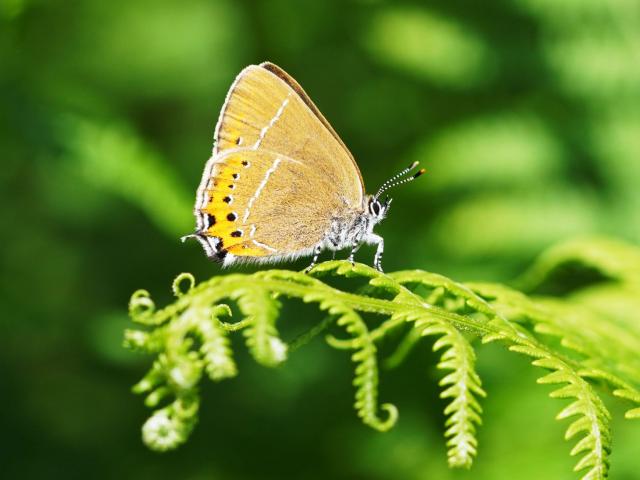
The focus of our research is one of the UK’s rarest butterflies: the Black Hairstreak. This is because at all stages of its life cycle, this butterfly is notoriously difficult to find. As an adult, the Black Hairstreak spends most of its time out of sight, at the tops of trees and bushes. Females then lay their eggs on Blackthorn, and their camouflage makes the eggs frustratingly difficult to find, a lesson I learned after spending 22 hours searching over three months, to find just four eggs!
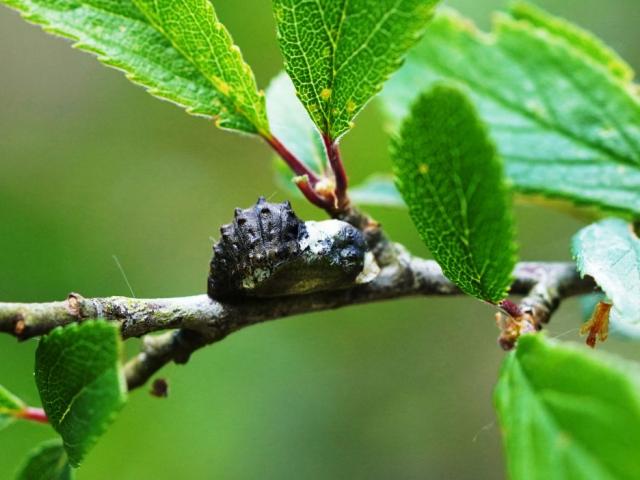
To make things even more difficult, Black Hairstreak produces an incredible chrysalis, which mimics a bird dropping. Our discovery of the caterpillar’s fluorescence under UV light provides a valuable breakthrough in our efforts to monitor and study this rare species.
By using the fluorescent properties of Black Hairstreak caterpillars, we have started to monitor them at night using UV torches. Critically, this survey technique enables us to obtain more detailed evidence about the status of populations, as well as gathering data on habitat preferences, which can support and inform future conservation actions for this species.
How to search for hairstreaks
When looking for hairstreak caterpillars using UV torchlight, please be aware that exposure to ultraviolet light can be damaging to your eyes, so protective eyewear must be worn. Surveying at night can also be more hazardous, so extra care must be taken. If you are interested in looking for hairstreak butterflies at the early stages of their life-cycle, here are some tips.
Brown Hairstreak
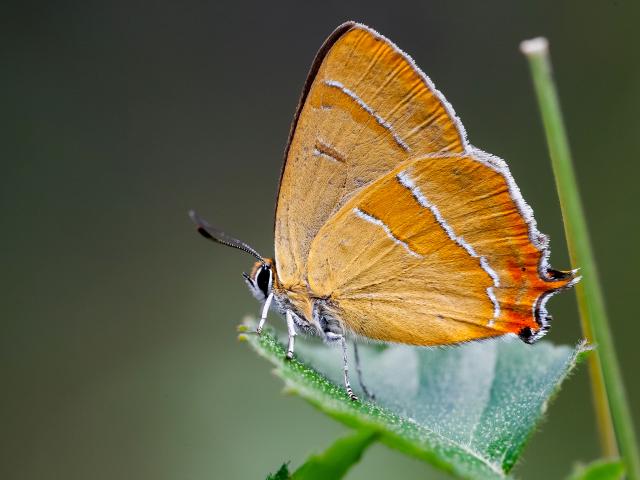
Searching for the conspicuous, bright-white eggs of Brown Hairstreak on Blackthorn through the winter months is a reliable way of proving that this species is present. You can search for them any time from September to March, though it will be far easier after Blackthorn has shed its leaves in late autumn. When looking for eggs, focus your searches on the forks of branches, particularly on younger Blackthorn. The caterpillars emerge in the spring and will be easiest to find in late spring, where they are very effective at blending in with the Blackthorn leaves.
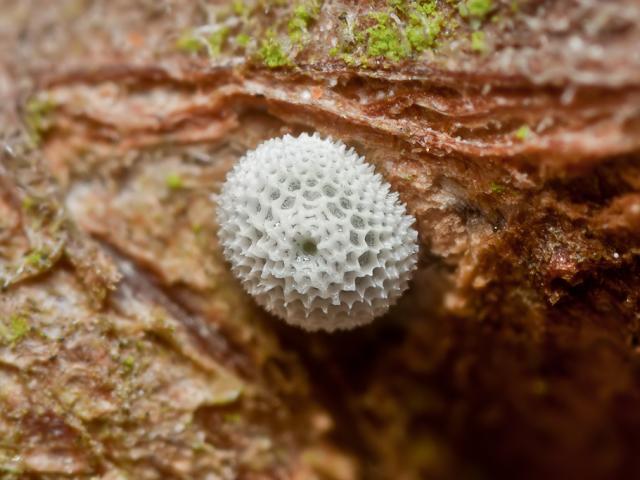
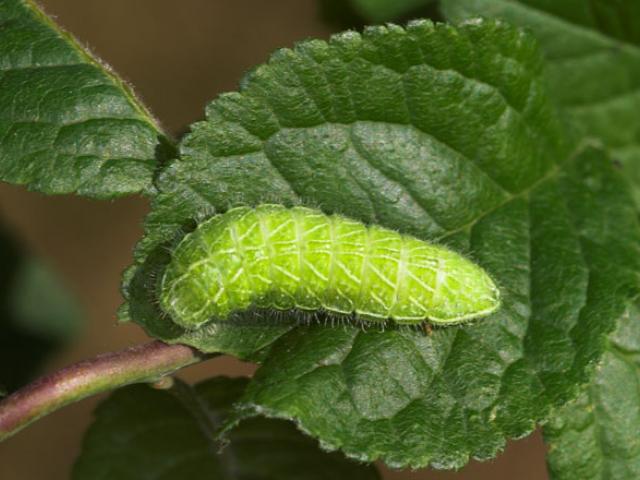
White-letter Hairstreak
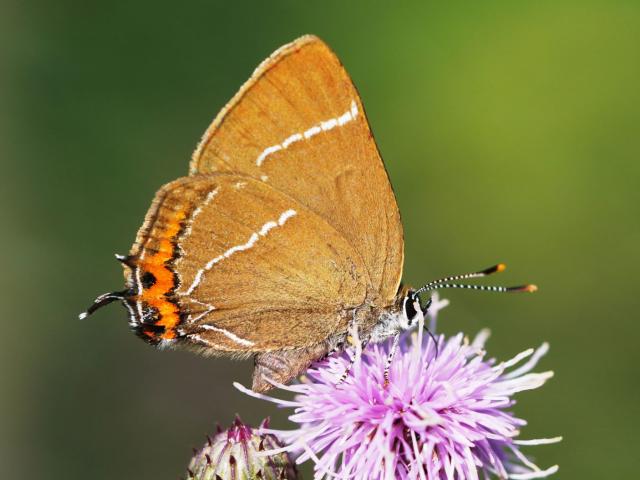
White-letter Hairstreak eggs, which resemble something like a flying-saucer, can be found on growth scars or on the buds of mature Elm trees. After emerging from the eggs, the tiny caterpillars disappear into a nearby bud, where they will feed and are unlikely to be seen until the leaves and seeds of the Elm begin to emerge in late spring. The caterpillars have cryptic green and pink colours, mimicking the budding leaves on Elm trees, and can be very difficult to find with the naked eye.
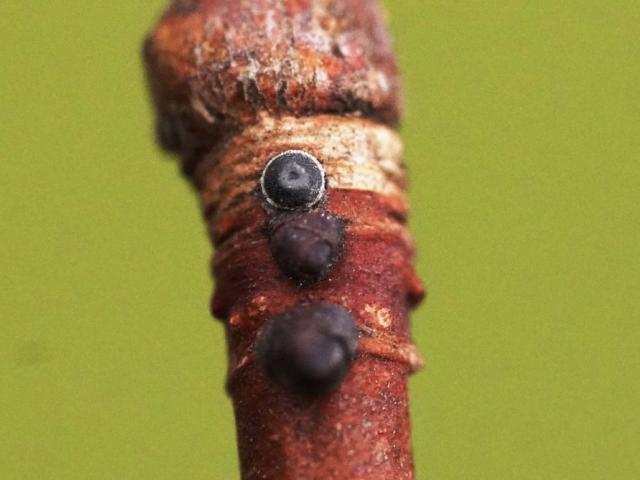
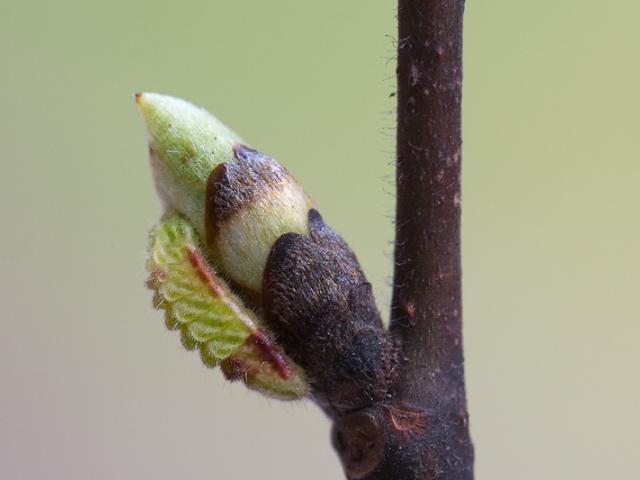
Purple Hairstreak
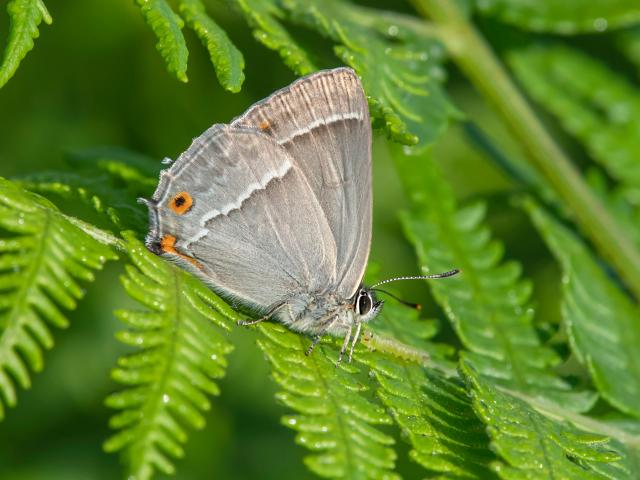
The life cycle of the Purple Hairstreak is centred around Oak trees, where the eggs can most easily be found on buds or occasionally on growth scars. The eggs hatch in the spring and caterpillars can be found when the leaves emerge in mid/late spring. Purple Hairstreak caterpillars are brown and during their early stages, they blend in remarkably well with Oak buds, and become slightly easier to see when they begin to venture out onto the green leaves in the late spring.
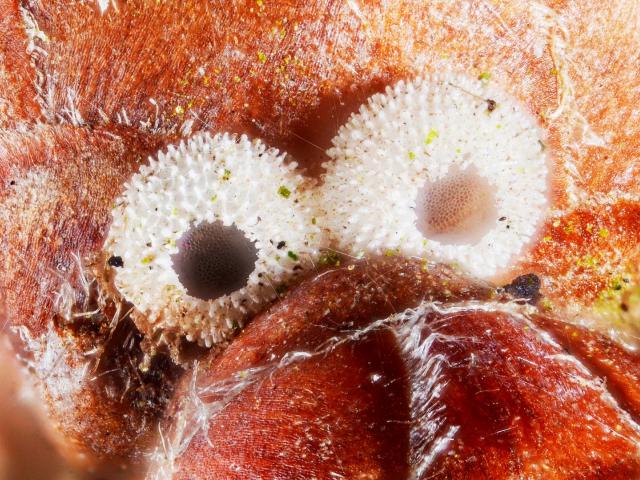

Submit your findings
Any sightings of these under-recorded species are incredibly valuable, so please submit your records through the iRecord Butterflies app, or through the BNM recording scheme.
Max Anderson
South West Landscapes Officer, Butterfly Conservation


